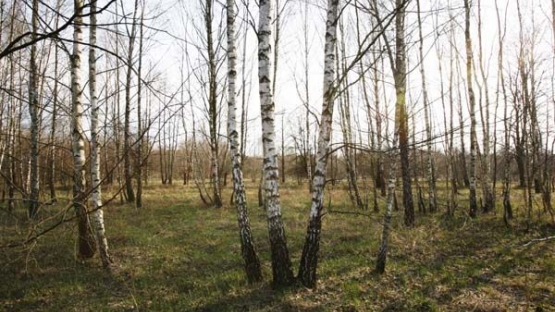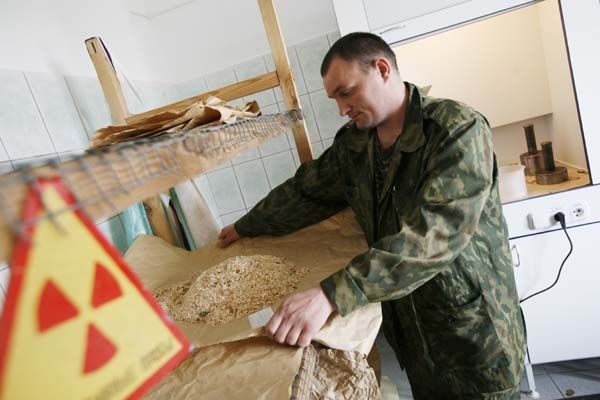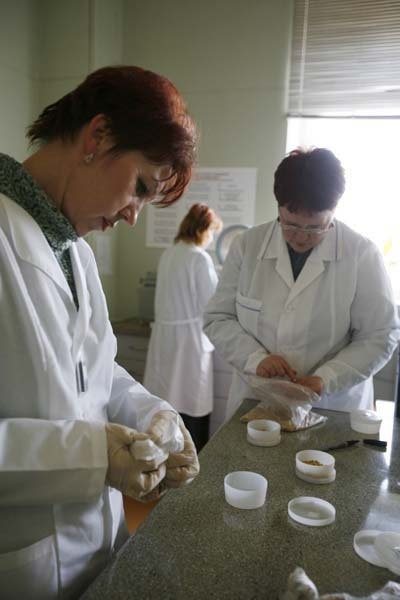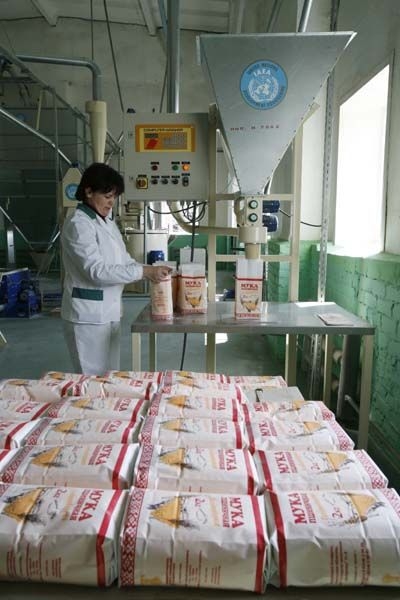Text by Marilyn Smith / Photos by Nigel Dickinson
Six months after Chernobyl's spring rain of radionuclides it became clear that harvests would arrive hand-in-hand with economic hardship. The fields and forests that dominate the surrounding landscape looked healthy enough, but high levels of radioactivity made it necessary to destroy 500 000 tonnes of grain, 300 000 tonnes of milk and 80 000 tonnes of potatoes.
"Agriculture is the most important area for recovery and development," says Vladimir Tsalko, Chairman of the Committee on Problems of the Consequences of the Catastrophe at the Chernobyl NPP. "We must also deal with the problem in finding new ways to use our natural resources." For Belarus, a country in which agriculture is the mainstay of rural life and forestry is one of the most valuable natural resources, these are significant challenges. Shortly after the disaster, radiation monitoring confirmed that 25% of farmland (1.8 million hectares) and 20% of forests posed health hazards and needed to be taken 'out of commission'. But the need to restrict access to vast tracts of land also created a unique research opportunity.
"Before Chernobyl, almost everything science knew about radiation effects on the environment was learned from small-scale tests carried out in laboratory settings," says Juri Bondar. "Here we deal with the real thing, on a very large scale, on a day-to-day basis."
"Here" is the State Polessje Radiation-Ecological Reservation, a science centre situated on the most contaminated land on the planet; Bondar is the Reservation's deputy director for science. Polessje suffered Chernobyl's worst blow. In addition to receiving large amounts of the most widespread radionuclides (caesium-137 and strontium-90), the area absorbed virtually all of the longest lasting (plutonium-238, -239, and -240). The latter means the area will remain an 'exclusion zone' for 25 000 years.
Guarded gates, road blocks and warning signs serve as a constant reminder that the Reservation lies in what is commonly known as 'the dead zone'. Thus, it is somewhat surreal to drive past dense forests, carefully cultivated fields and hand-painted portraits of local wildlife - bison, wild boars, moose, etc. In fact, it is the very liveliness of the reservation that makes it such an enticing study environment.









